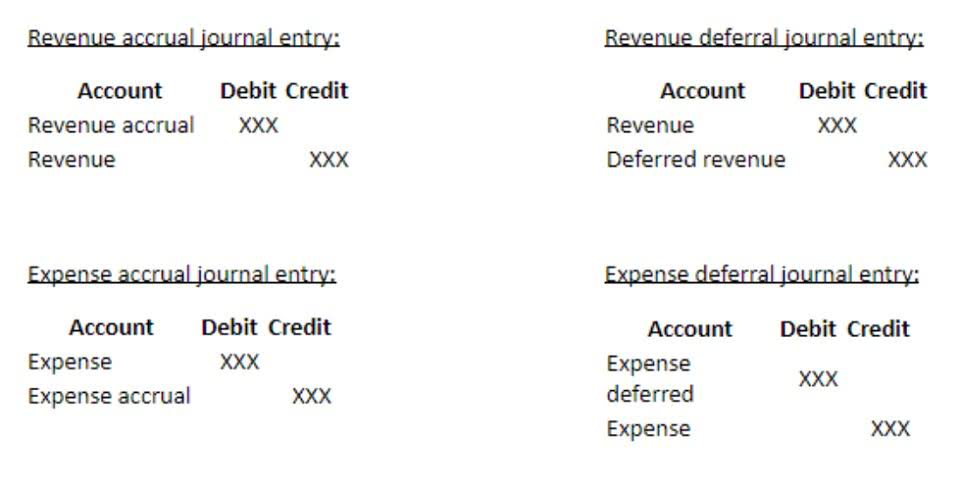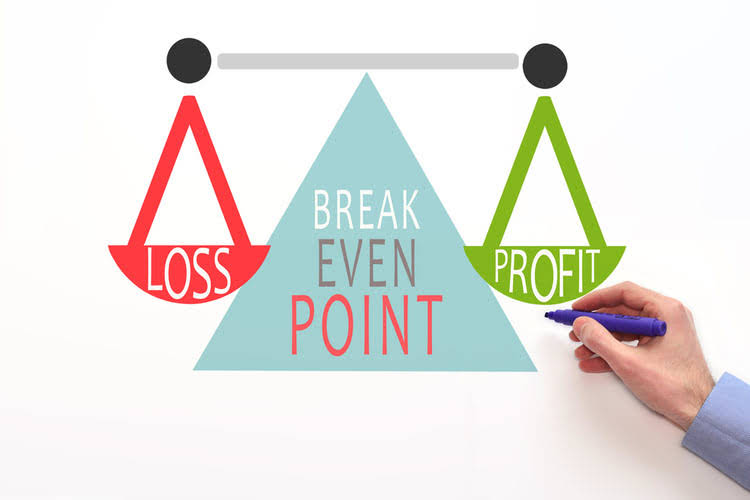
Period costs, unlike product costs, are not directly tied to the production process and are expensed in the period in which they occur. These costs are more administrative in nature and include items such as sales commissions, advertising, rent, office supplies, and utilities. The timing of these costs can significantly affect a company’s financial performance and reporting. Period costs are systematically https://decolonizingglobalsurgery.org/investor-cpa-tax-advisory-services/ recorded in the income statement as expenses in the period they are incurred.
Definition and examples of product costs
As construction period is strictly limited, it is important to work with reliable contractors who can meet the deadlines. Prior period adjustment happens due to errors in calculation, accounting treatment, and wrong translation of financial information. To overcome these challenges, finance professionals should employ robust cost accounting systems, utilize appropriate cost allocation methods, and consider qualitative factors in their analyses. Time cost forms a significant portion of indirect costs, hence critical for running the business. Prior year adjustment is the accounting entry that company record to correct the previous year’s transactions. If the amount produced increases, the fixed cost per item decreases, and vice versa.
- Period costs are the costs incurred by a company to produce goods or render services that cannot be capitalized into prepaid expenses, inventory, or fixed assets.
- This accounting practice is not only a compliance measure but also provides valuable insights for internal management and external stakeholders.
- Additionally, it allows for the preparation of financial statements that accurately reflect the financial performance of the company.
- Many employees receive fringe benefits paid for by employers, such as payroll taxes, pension costs, and paid vacations.
- Before Statement 16, companies could increase current income by burying prior period adjustments that would have corrected understated income in a prior period somewhere in current operating income.
- Under the accrual basis of accounting, an expense is recorded as noted above, when there is a reduction in the value of an asset, irrespective of any related cash outflow.
Types of Production Planning (With Examples, Tips, and Techniques)

The appellant company submitted that most of the details pertained to the current assessment year only and in some of the cases bills were related to the previous financial year. Even if the bills are of the previous year, the bills were submitted in the current financial year on which the payment has been made. The appellant further contended that there period expense is no tax advantage to the appellant company if it is taxed either in the earlier year or in the current financial year. Two years later, in 202X+2, they just realize that operating expenses were understated of $ 100,000. Assume all three years’ financial statements are separated, so we have to adjust them manually. Prior period adjustment is the correction of accounting error to the financial statement in the past year which already completed.

What separates period costs from product costs?
From an accounting perspective, the allocation of these costs over time can significantly impact financial statements and managerial decision-making. For instance, the method chosen for allocating period costs can affect the reported profitability of a company in a given period. From a managerial standpoint, understanding the impact of time on cost allocation is crucial for budgeting, forecasting, and strategic planning. When period costs are expensed, they appear on your income statement and diminish your net income.
What are some common examples of period costs?
They can be used to track a company’s progress over time or to compare it to other businesses. The expenditure incurred by a company will be allowed by the Income Tax Authorities if the expenditure is pertaining to the respective financial year. The prior period adjustment must be correct retrospectively in the financial statement. If the adjustments relating to change in revenue and expense in the past period, they should be reflected with the retained earnings of petty cash the current year.

This accounting practice is not only a compliance measure but also provides valuable insights for internal management and external stakeholders. Period costs or period expenses are specific type of expenses a company may incur during an accounting period without being able to link it to inventory or cost of goods sold. In other words, period costs are expenses that are not linked to the production process of a company but rather are expenses incurred over time. Also termed as period expenses, time costs, capacity costs, etc these are apportioned as expenses against the revenue for the given tenure. Some examples include General administration costs, sales clerk salary, depreciation of office facilities, etc. Period costs are treated as expenses in the period they are incurred and are immediately recognized on a company’s income statement.

A clear understanding of the definition of period costs is crucial for accurate financial reporting. By properly understanding and managing period costs, businesses can optimize their financial performance and position themselves for long-term success. Period costs are necessary for the day-to-day operations of a business and are essential for running the company smoothly. Examples of period costs include rent, utilities, insurance premiums, salaries, advertising expenses, and administrative costs. These expenses are typically recurring and are charged to the income statement in the period in which they occur. Examples of product costs are direct materials, direct labor, and allocated factory overhead.
This article explores the definition, characteristics, examples, and importance of period costs in business operations. While the period costs are the selling and administrative expenses as discussed earlier. In accounting, the recognition of period costs occurs when these costs are incurred, rather than when the related revenue is recognized. This means that period costs, which include expenses such as marketing expenses and administrative salaries, are expensed in the period they are incurred and recorded directly in the income statement. This treatment contrasts with product costs, which are capitalized as inventory until the product is sold. In the realm of accounting and finance, period costs play a pivotal role in shaping the strategic decisions of a business.
The Importance of Period Costs
This difference in association means product costs are initially recorded as inventory on the balance sheet, reflecting their asset nature until the goods are sold. Marketing and advertising expenses, including costs for promotional campaigns or sales team salaries, are also considered period costs. These expenditures aim to generate sales but are not directly integrated into the manufacturing process.
Explanation of the cost flow in manufacturing vs service industries
Reassessing your period costs may assist you in identifying areas where you can save money. Period costs are the costs incurred by a corporation to create items or deliver services that cannot be capitalized into prepaid expenses, inventories, or fixed assets. A period of costs is charged to the income statement in the period they incur. This cost is excluded from the cost of goods sold, which is reported in the top line of the income statement. Instead, these expenses are attributed to general administrative and selling expenses.











Recent Comments